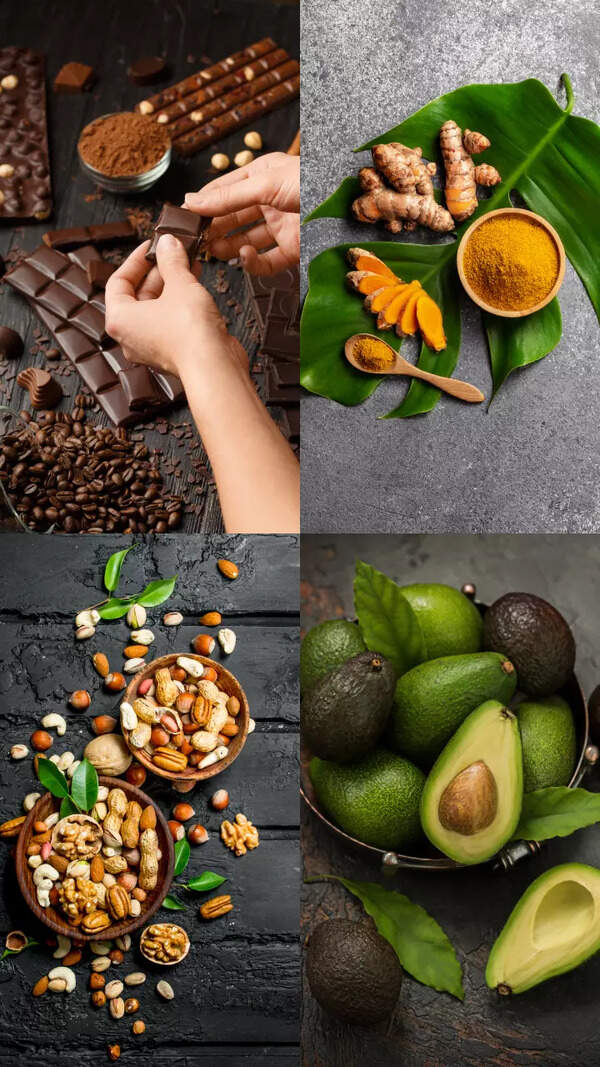How to spot misleading food labels that make you think you’re eating healthy

How to spot misleading food labels that make you think you’re eating healthy
You’ve probably been there. Walking down the grocery aisle, picking up something labelled "healthy" or "natural," and feeling good about the choice. But then, a second glance makes you question if you’ve been tricked. Food labels can be tricky, designed to make it seem like you're choosing the best option, even when it's not the case. So, how do you tell what's really healthy from what's just clever marketing? Let's find out.

Watch out for the ‘fat-free’ trap
You’ve probably noticed it: a snack or product labelled “fat-free.” But just because it’s fat-free doesn’t mean it’s healthy. When fat is removed, it’s often replaced with sugar or refined carbs to keep the taste. These additions might be sneaky calories that can spike your blood sugar, leaving you craving more. That “guilt-free” snack might not be so guilt-free after all.

The “low-calorie” illusion
Many products proudly display a “low-calorie” label, making them seem like a healthier option. But wait—calories aren’t the only thing that matter. Just because something has fewer calories doesn’t mean it’s full of nutrients. Often, low-calorie foods are highly processed and lack the good stuff your body needs. Instead of focusing on calories, pay attention to the product’s overall nutrition. It’s about what’s inside, not just the numbers on the label.

'Natural’ is a red flag sometimes
The word “natural” might seem like a green light to buy, but don’t be tricked. The term “natural” isn’t regulated by the FDA, so there’s no guarantee it’s actually healthy. In fact, it could be full of additives, preservatives, and artificial flavors. The label might seem simple, but the ingredients list could tell a different story. If you spot a lot of chemicals, “natural” might not be as good as it sounds.

Sugar substitutes: Not as sweet as they seem
Sugar-free products may seem like a great choice if you're cutting back on sugar. But many sugar substitutes can fool your taste buds into craving more sweetness. Some of these substitutes can even mess with your metabolism or digestion. Instead of relying on the label, try to stick to whole foods and natural sweeteners—your body will thank you.

Look out for ‘whole grain’ claims
Whole grains are great, but just because a product says “whole grain” doesn’t mean it’s as good as it sounds. If it still contains a lot of refined flour, you’re not getting the full benefits. To make sure you’re getting the real thing, look for “100% whole grain” or check the ingredients list to see if whole grain flour is listed first. Otherwise, you might be getting something that’s mostly white flour in disguise.

Check the sodium content
Sometimes, food labels claim “low sodium,” but it’s important to check the actual numbers. Just because it says so doesn’t mean the product is low in salt. Many processed foods can still have high sodium hidden in the ingredients. Too much salt can affect your blood pressure and make you feel bloated. So, always check the sodium content to make sure you’re not overdoing it.

The truth behind ‘light’ or ‘lite’ labels
"Light" or "lite" might seem like a good option for healthier eating, but these labels can be deceiving. While they may have fewer calories, fat, or sugar, they often contain unhealthy additives, preservatives, or artificial ingredients. Plus, they may not satisfy your hunger, leading to overeating later. Instead of relying on these labels, focus on whole, nutrient-rich foods that truly nourish your body and keep you satisfied.

Why you should trust your eyes and your gut
While food labels are helpful, they’re not foolproof. You can’t always rely on flashy marketing terms to guide you. The best way to shop for healthy foods is to stick with whole, unprocessed options when you can. Think fruits, veggies, nuts, and lean proteins—foods that come straight from nature without too many added ingredients. The fewer ingredients on the label, the better!








